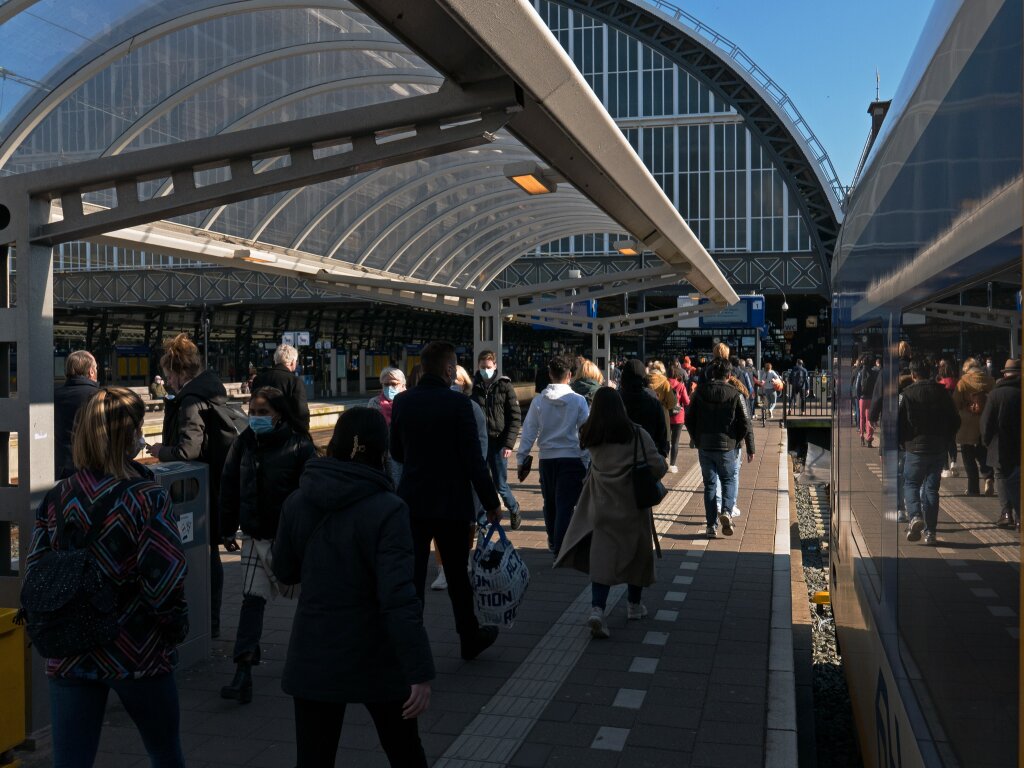By Martin Smith, Senior Associate, Organising | 4 min
Following on from Dean’s thoughtful introduction on the need for transformation within unions, I want to offer some thoughts on how we might actually go about doing that based on experience of driving change in other unions over recent years.
If we want to achieve permanent change in an organisation we need a thorough understanding of the problem, decide how change will be measured and a plan to build consensus for our changes from those with a stake in the change. I think we need to work on three main areas:
Diagnostic - What is the general, specific and detailed problem you are trying to solve?
Metrics - How will change be measured?
Consensus - How will you build towards majority support for the changes?
Diagnostics
Organisations tend to do exactly what they’re built to do. Where organisations are forced to do something they’re not built to do or the culture is not equipped to handle, the response can be deep seated and negative. Consider what might happen when a deep seated culture of managed decline faces the challenge of urgent change.
It is important therefore to understand what you’re trying to achieve and what is the difference between that and the work the union currently undertakes. Three key - and very difficult - questions for the organisation to consult on and answer:
What is your union actually built to do right now?
What is your union for in the current and future labour market?
What is your gap between where you want to be and where you are?
A constant and curious feedback loop is essential to ensure you tackle not only the structural but also cultural changes that might be necessary. But key is to always have an answer to the question what is the problem were trying to solve and how our plan for change gets us there
Metrics
Fundamental to having a credible theory of change is to choose and publish how the organisation and each part of it want to be assessed before the change commences. It is important to do this transparently. You can have transitional waypoints that are about process but avoid seeing these as end results. Some unions have adopted a framework of Growth (in membership densities); Structures (in member representation and organisation) and Impact (that members can see and feel).
Change metrics need to be rooted in the purpose of the organisation and the obstacles it faces as defined in the Diagnosis stage.
Consensus
Change makers in unions need to create and maintain consent for the changes being made by involving stake holders opinion formers and influencers at the early possible stages of diagnosis. This should also involve voices rarely/never heard. Focus on moving 60% of opinion formers towards support while developing a whole organisation analysis and prescription. Develop a collective narrative around who we were, who we are and who we need to be, and identify deep seated counter narratives.
This is where I connect back to Dean, managing decline and blame narratives deny our agency – we must accept collective responsibility for the health of our union to help create change. Our future is about choice and not chance.
Actively bring people together to really look at the fate of the union. Consider how democracy can encourage organic and sustainable change as well as talking to members, activists and staff about what we need to ‘’Start, Stop and Change’’ within the union.
Through all of this work, which I know from experience is not easy, remember the following:
We have no automatic right to survive as a union. If we fail the world will continue without us and with that, workers will lose out.



